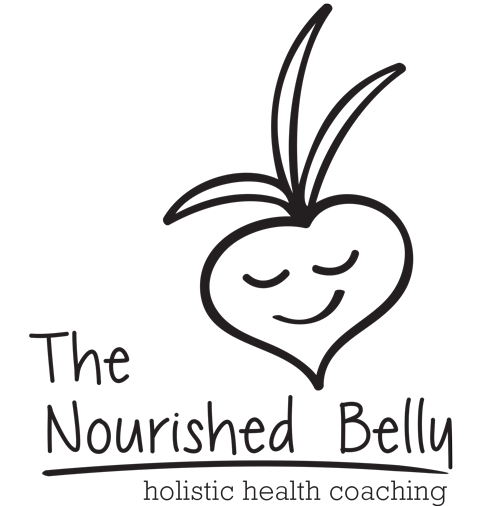Our skin is amaaaaaazing. Did you know that your skin is your body’s largest organ? It’s basically a dynamic protective barrier, literally wrapping and stretching itself around our entire body, and functions as our first line of defense against toxins in our environment. Skin contains nerve endings, sweat glands for detoxification, hair follicles, and blood vessels. It regulates our body temperature, helps us prevent illness, and even makes much-needed vitamin D. It also absorbs just about everything that we put on it.
Think of all the products that you use to take care of yourself. Do you know if your beauty products are safe?
Picture this. You wake up bright and early. You hop in the shower, one eye open, and grab your favorite shampoo. You squeeze it into your palm- it smells great. You inhale the scent and you feel yourself waking up already. What you may not realize is the reason it smells so fruity and refreshing is because of a host of “secret” and untested chemicals grouped under the ingredient, “fragrance,” but more on that later. You then lather it onto your scalp, and it feels so rich and fluffy. The cause: sodium lauryl sulfate. You’ve read it a thousand times on the back of your bottle, but don’t quite realize that it can combine with other chemicals to form carcinogens and lead to kidney and respiratory damage.
It’s time for your face and body wash. Your washed skin does feel a little tight since you’ve stripped your natural oils away, but you know it just means you’re that much cleaner, right? What you don’t know is that the parabens in your wash, which are put in there to stave off bacteria and mold that may form as it sits in your shower, actually mimic your estrogen and have been found in samples of breast cancer tumors. At this point, you dry off, step out and find yourself hesitant to reach for your antiperspirant/deodorant. Good call.
Here are some commonly used chemicals with harmful or completely ambiguous track records, along with some of the products in which they are most commonly found that we use every day. These ingredients have been noted as carcinogens, hormone disruptors, skin, eye and lung irritants, and have been linked to conditions such as allergies, ADHD, respiratory distress, infertility, organ damage, developmental damage in fetuses, and the toxic list goes on.
|
Ingredient |
Where to look for it |
|
Parabens (beginning with propyl-, isopropyl-, butyl-, and isobutyl-) |
Makeup, body wash, deodorant, shampoo, facial cleanser, after shave |
|
Fragrance |
Cologne, perfume, shampoo, body wash, moisturizers, diaper cream, after shave |
|
Laurel/Laureth Sulfate |
Shampoo, body wash, baby cleansers, mascara |
|
FD&C colors |
Almost all beauty and skin products |
|
Triclosan and Triclocarbon |
Soap, antibacterial gel, deodorant, toothpaste |
|
Formaldehyde |
Shampoo, conditioner, nail polish, eye shadow, soap, chemical hair straighteners |
|
Toluene |
Hair color products, nail polish treatments, soap |
|
Propylene Glycol |
Moisturizers, sunscreen, makeup, hair spray, shampoo, conditioners |
|
Retinol, Retinyl Palmitate, Retinyl Acetate (vitamin A products) |
Sunscreen, lotion, facial skin care, lip products |
|
PEG/ceteareth/ polyethylene |
Shaving cream, after shave |
It’s scary to think about it, but important to understand, that cosmetics and skincare products are completely unregulated in our country. Many times, there are chemicals and ingredients that we freely use, several times a day, over and over, that are actually BANNED by the governments of several other countries. Meanwhile, our FDA does not give them a second glance.
Thankfully, there are organizations like the Environmental Working Group (EWG) who have made it their mission to increase consumer awareness of these exact chemicals and thousands more. Check out their awesome SkinDeep database at http://www.ewg.org/skindeep/ and download their SkinDeep app if you have a smart phone. If I’m picking up a product at the drugstore, I can simply scan its barcode into the app and it pulls up what I need to know about its ingredients and their safety rating. Otherwise, I can do a quick search of their database online and find out a ton of information on product toxicity and what I should be looking to buy instead.
Also, check out this video by the Campaign for Safe Cosmetics for a quick summary of all of this information. It’s great to share with family and friends to get them thinking about the products they use every day in their homes!
http://storyofstuff.org/movies/story-of-cosmetics/
So, here's some homework. Read the label on the back of every beauty and hygiene product that you use on a regular basis. It's important to know if your beauty products are safe. Remember, scanning your product labels for toxins is just as important to your health as reading your food labels. It’s all going in. Our next post will talk about some great alternatives for taking care of our skin in a truly nourishing way. Stay tuned!
Contributing Writer: Du'aa Elnoory
Sources:
http://www.huffingtonpost.com/deborah-burnes/skin-care_b_1217007.html
http://www.huffingtonpost.com/vanessa-cunningham/dangerous-beauty-products_b_4168587.html
